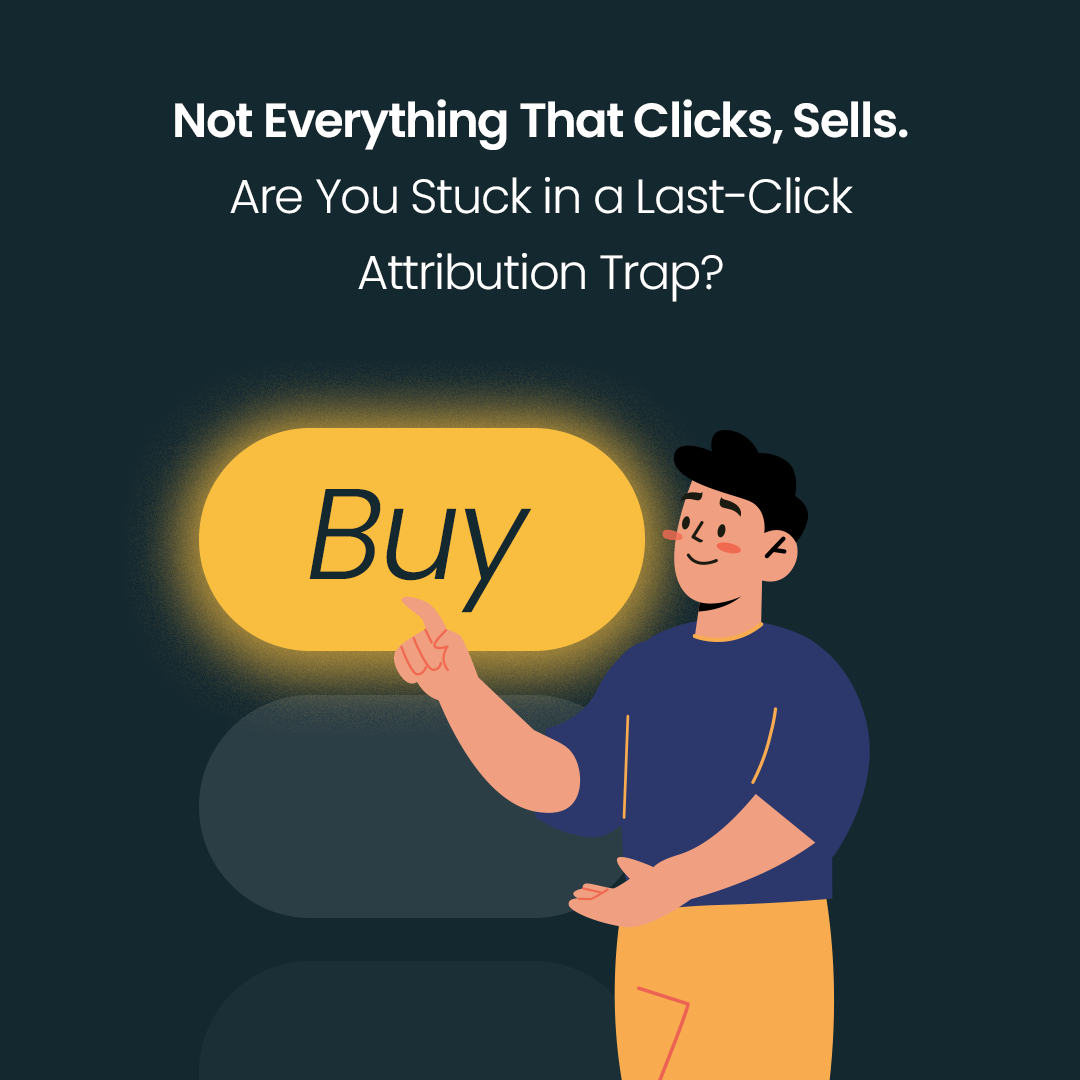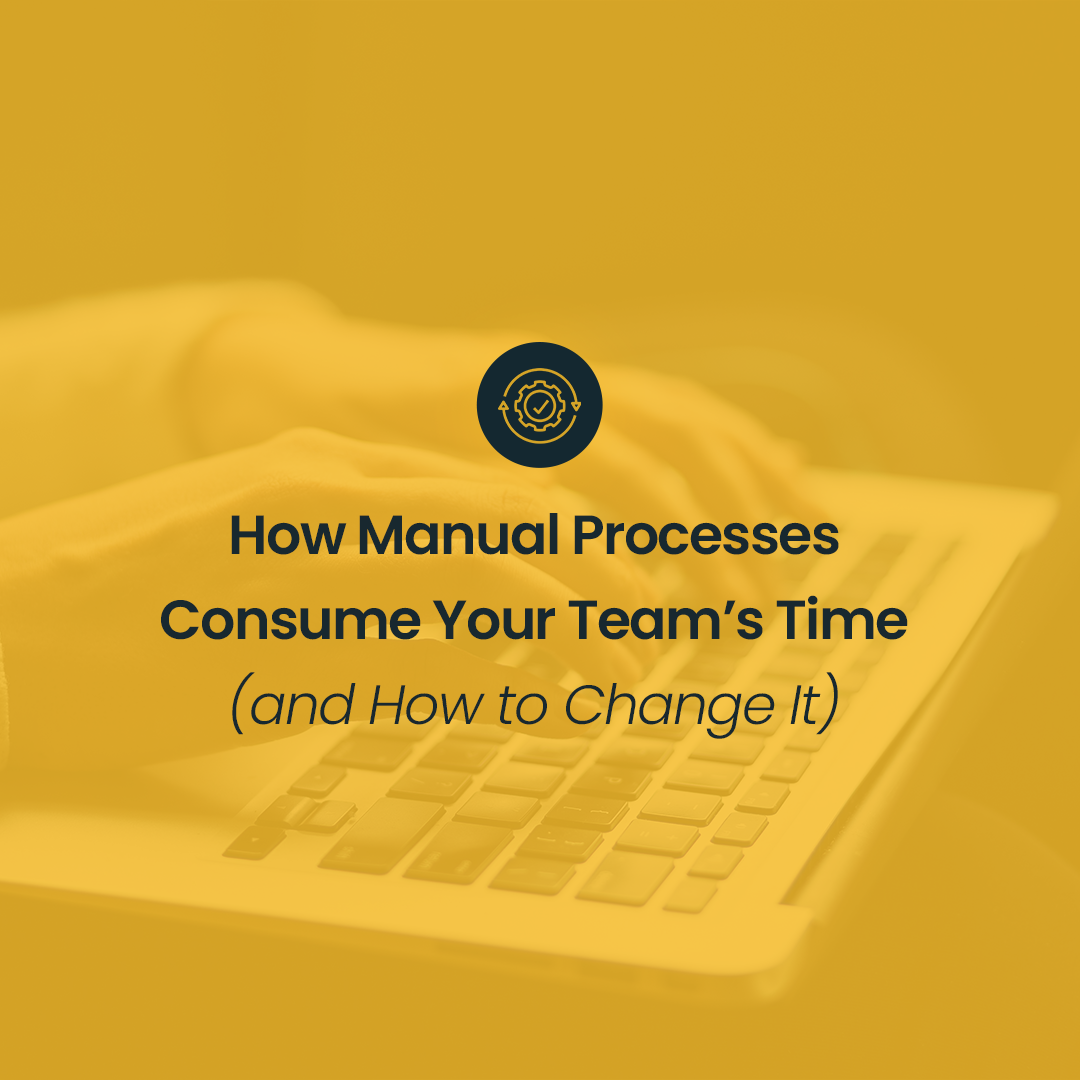When creating and optimizing campaigns in Google Ads, we analyze various metrics to understand the effectiveness of our actions. One of the key metrics is the Conversion Rate, which is particularly important when our goal is to increase the number of actions taken by users. In this guide, which is part of a series introducing the concept of conversion rate, we provide tips on how to improve campaign effectiveness in the search network.
Introduction to the Concept of Conversion Rate

A high conversion rate means that your campaign effectively transforms website traffic into intended goals such as purchases, newsletter sign-ups, or form completions. Average conversion rates may vary depending on the industry. According to a report by Wordstream.com, the highest average conversion rate in 2023 was observed in the automotive and legal industries. Conversion rates in other industries ranged from approximately 4.5% to 3.8%, with the lowest CVR observed in the electronics and apparel industries. However, it is worth noting that categories with the highest conversion rates are based on lead conversions (contact forms), while those with the lowest CVR are purchases. In this article, we will discuss proven methods to increase the conversion rate in Google Ads search campaigns.
In this article, we will discuss proven methods to increase the conversion rate in Google Ads search campaigns.
Campaign Structure Organization
The first and fundamental step in creating a campaign should be working on the proper campaign structure. Dividing campaigns into appropriate ad groups facilitates management and optimization. You can segment campaigns by product or service type, geographic location, or the stage of the purchase funnel, enabling more precise targeting of your audience.
When creating a structure, it's worthwhile to divide the target audience queries into silos covering a specific product, service, or intention. This allows for consistent communication within the ad group and keywords used.
 Source: Google Ads Panel
Source: Google Ads Panel
Keywords
Keywords are the foundation of Google Ads search campaigns. They determine the targeting of ads to the right users. To increase the conversion rate, consider the following:
Analysis and selection of keywords matching user intentions: A too narrow keyword list may limit campaign performance, while one that is too broad may result in displaying ads for irrelevant queries. Starting with a larger set of keywords and then pausing keywords with a lower conversion rate helps maintain performance.
Analysis of GA4 column (% of engaged sessions) - bounce rate: Google Ads provides columns that utilize data from GA4 (in case of website integration with GA4 and Google Ads). These include dimensions such as % of engaged sessions, event rate per session, and average engagement time per session. These metrics allow for evaluating which keywords attract engaged users and which do not.
 Source: Google Ads Panel
Source: Google Ads Panel
testTesting different keyword match types (depending on potential): Google Ads offers three possible keyword match types - exact, phrase, and broad match. Depending on the budget and query potential, it's worth testing each of these matches. While exact and phrase match types provide control over the phrases triggering ad display, broad match allows reaching a broader audience.
Regular analysis of search terms and using negative keywords: The search term report is fundamental for optimizing search campaigns and drawing conclusions. Here, you can identify unintentional queries or those not covered by keywords but leading to conversions.
Example:Running a campaign for a dental clinic, analyzing displayed queries might reveal that the ad is displayed for the phrase "teeth whitening Warsaw" - yet, if the dental clinic is located in Poznan, a click on the ad will likely not result in a conversion. Narrowing down the scope of phrases allows for increasing the conversion rate.
Ad Construction
An old saying advises not to judge a book by its cover. However, a user searching the web (whether on Google or Microsoft Ads) makes a decision to click on an ad based on the ad assets we provide to the system. Creating attractive ad texts and optimizing them is therefore crucial for achieving good results. Here are a few ways to increase the conversion rate through ad construction:
Personalization of ad content: Crafting text ads that meet user needs is a key element of ad content optimization. Users don't want to waste time browsing through multiple offers to find the right one, so including detailed information (such as price, locations, and action which we want customers to take) in ad texts that answers users' questions upfront is valuable.
Matching ad content to the landing page: Another crucial element of ad optimization for conversion rate. Ad content should closely match the landing page to which it directs users. If the ad promises one thing while the landing page does not deliver the same offer, users are likely to leave without converting.
Testing different CTA variants: Utilizing a Call to Action (CTA) is fundamental to well-designed ad content. It's worth testing which CTA versions resonate best with the audience. Examples of CTAs: Buy Now, Schedule an Online Appointment, Register for Free, Take Advantage of the Offer.
Using price in ads: For products (especially those with stable prices), consider adding the price to ad headlines. This helps narrow down the audience to those most likely to convert (users seeing a price that doesn't suit them are less likely to click on the ad).
Utilizing Google Ads features: Countdown, Location Insertion, Keyword Insertion tools - Google Ads offers several options for updating ad headlines based on variables such as time until the end of a promotion, location, or the keyword that triggered the ad display. Testing these solutions significantly personalizes the message and can increase CVR.
Effective use of ad space: The rules for creating responsive text ads are simple: a maximum of 30 characters in headlines, a maximum of 90 characters in ad descriptions. Utilize the ad space provided by Google to the fullest, including as much information about the offer in the headlines as possible.
Using various ad extensions (sitelinks, callout, structured snippets, promotions, prices, locations, graphic, call) - extensions not only increase ad space but also provide an opportunity to communicate what cannot be conveyed in the ad text.
Campaign Setting Optimization
Ad schedule - it's worth analyzing historical data from previous campaigns to uncover patterns in the behavior of the target audience. Optimizing the advertising schedule based on user activity (and conversion rate in specific time frames) can have a significant impact on improving campaign conversion rates.
Geotargeting Setup - if your business operates in a specific area, it's worthwhile to narrow down the campaign targeting to that location. This way, you'll avoid unnecessary spending on users outside your area of operation.
Utilizing automation tools (smart bidding) - the success of campaigns largely relies on leveraging Google's advanced algorithms, which can adjust CPC bids to reach potential customers. It's worth testing various available solutions such as intelligent bidding methods (Maximize Conversions, Target CPA, Target ROAS).
Campaign budget allocation optimization - when comparing the performance of multiple campaigns, it's worth drawing conclusions: which campaign has a higher conversion rate? Which one has a higher return on investment? Which campaign better meets business goals? Answering these questions allows for smart budget allocation to maximize profits.
Tools facilitating campaign optimization
Managing multiple campaigns simultaneously can be quite a challenge, and in this era of rapidly advancing technology, it's impossible to grasp all optimization possibilities. Scripts and tools come to the rescue, streamlining work and elevating campaign analysis to a higher level. One such tool is the SEM Health Monitor - the tool created by Salestube, which allows us to monitor elements that impact campaign effectiveness. If you want to learn all the SEM best practices, Health Monitor is the perfect solution for you. Feel free to reach out to us. Source: SalesTube Internal Tool – Health Monitor
Source: SalesTube Internal Tool – Health Monitor
Conclusions
The article discusses key aspects related to increasing the conversion rate in Google Ads campaigns. However, it is important to remember that every business has different needs, and Google Ads campaigns can serve various purposes and operate at every stage of the purchase funnel. Therefore, it is worthwhile to utilize the tips gathered here and test all the available options, but above all, when optimizing campaigns, focus on individual needs.
Sources:
https://www.linkedin.com/pulse/tips-improve-your-conversion-rate-google-ads-rachna-thakur
https://pathmonk.com/how-to-improve-google-ads-conversion-rate/
https://clictadigital.com/how-to-improve-your-google-ads-conversion-rate/
https://neilpatel.com/blog/8-techniques-thatll-double-your-google-adwords-conversion-rate/
https://www.esignwebservices.com/blog/best-8-tips-for-doubling-your-google-ads-conversion-rate/






